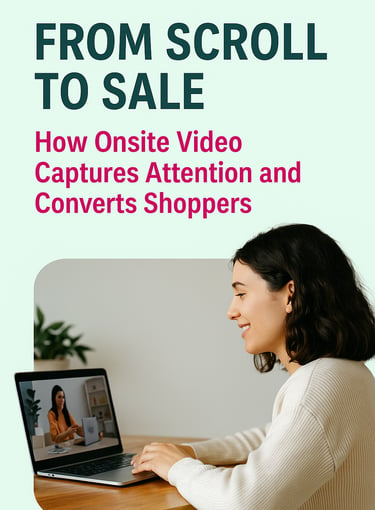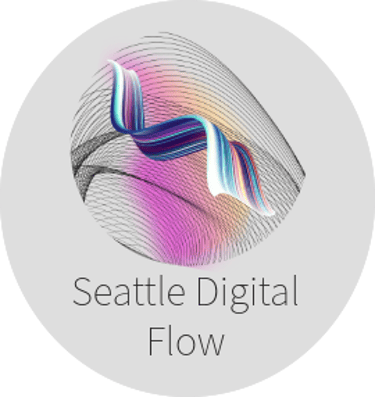
From Scroll to Sale: How Structure and Strategy Turn Onsite Video Into Conversions
Retail media video marketing, onsite video campaigns, Seattle marketing agency, content strategy Seattle, structured content, connected content design, digital storytelling, user experience design, SEO Seattle, video marketing strategy, data-driven branding
MARKETING & SALE
SeaDF Marketing
11/21/20252 min read



In today’s fast-paced digital marketplace, shoppers make split-second decisions with every scroll. As attention spans shrink and competition grows, onsite video marketing has become one of the most effective ways to stop the scroll — but turning attention into action requires more than just beautiful visuals. It requires structure, strategy, and an understanding of how people think.
Why Static Ads Alone Aren’t Enough
Static ads can build awareness, but they rarely create emotional connection. In contrast, retail media video allows brands to captivate and educate shoppers directly at the point of purchase. When strategically placed on retailer websites — from homepages to checkout — video bridges branding and buying, making it easier for consumers to connect emotionally with a product while also acting on impulse.
But here’s the key: not all video strategies are created equal. What separates a high-performing campaign from one that fades into the noise is how well the content is structured and aligned with the user’s mental model — how people naturally categorize and understand information.
Design for How People Think
Effective marketing doesn’t start with what you want to say; it starts with how your audience thinks. Your customers don’t see your brand the way you do. They search by their needs, not your product categories. By designing connected content — content that reflects the way people process and relate ideas — you make it easier for them to find, understand, and trust your brand.
At Seattle Digital Flow, we approach content architecture as storytelling built on empathy. Every element, from metadata to message flow, mirrors the customer journey. This means structuring videos and campaigns that guide the viewer from curiosity to clarity — and ultimately to conversion.
Start Making Sense with Structure
Structure gives meaning to motion. Before launching any retail media campaign, create a map of your subject domain: the key themes, categories, and emotional hooks that define your brand. Identify micro-moments that connect one story to another — for example, how a product demo (awareness) links to a customer testimonial (consideration) and then to a checkout offer (conversion).
The most successful brands build content taxonomies that allow seamless transitions across platforms — adapting their message for mobile, desktop, or in-store screens without losing coherence.
Little Things Mean a Lot
Even the smallest content details — from on-screen captions to tone and labeling — shape user trust and engagement. Microstructures like consistent tags, voice, and metadata not only improve discoverability but also reinforce your brand’s reliability and SEO strength.
As designer Richard Saul Wurman said, “You only understand something relative to something you already understand.”Great marketing builds on that principle — helping your audience connect what they know to what they’re learning about your product.
The Takeaway: Structure Converts
Visibility is only the first step. True impact happens when structure meets storytelling. By combining onsite video marketing with a connected content framework, brands don’t just capture attention — they convert curiosity into trust, and trust into sales.
At Seattle Digital Flow, we don’t just create content. We architect meaning, building bridges between brand values, customer intent, and measurable results.

Innovative
A Digital marketing agency with a twist. Digital design and marketing to help grow local businesses.
© 2025. All rights reserved.
2226 Eastlake Ave East, Seattle, WA 98102
Contact
Services
500 108th Ave NE, Bellevue, WA 98004
